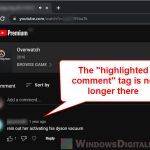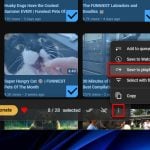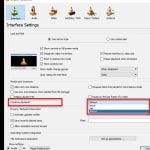Have you ever tried to watch a YouTube video on a website and seen the message “Playback on other websites has been disabled by the video owner“? But why does this happen? This guide explains what this message actually means, why it pops up, and what it means for both video owners and those who want to watch.
Also see: Why Can’t You Watch Private Videos on YouTube?
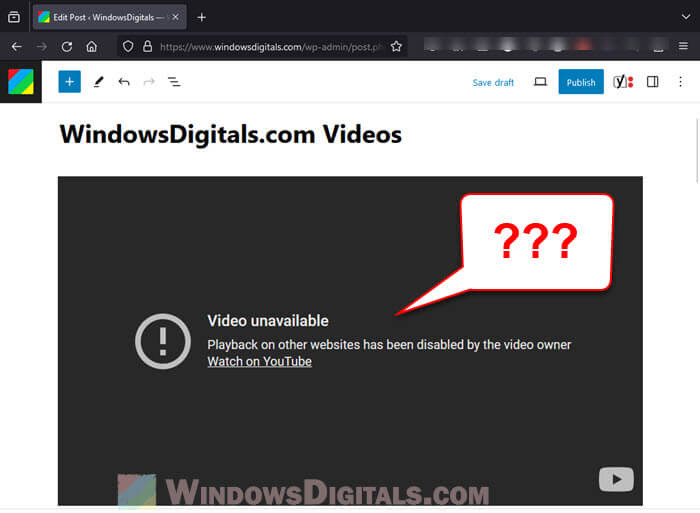
Page Contents
Why has the playback of a YouTube video on other websites been disabled?
Embedding videos on websites lets us add cool video content to webpages. YouTube lets people do this by providing links that can be used to include their videos on other sites. But the video owner has the final say on where the video can be played.
When you see the “Playback on other websites has been disabled by the video owner” message, it means the owner has decided to only let people watch it on YouTube.
Pro tip: How to Set YouTube to Always Play Highest Video Quality
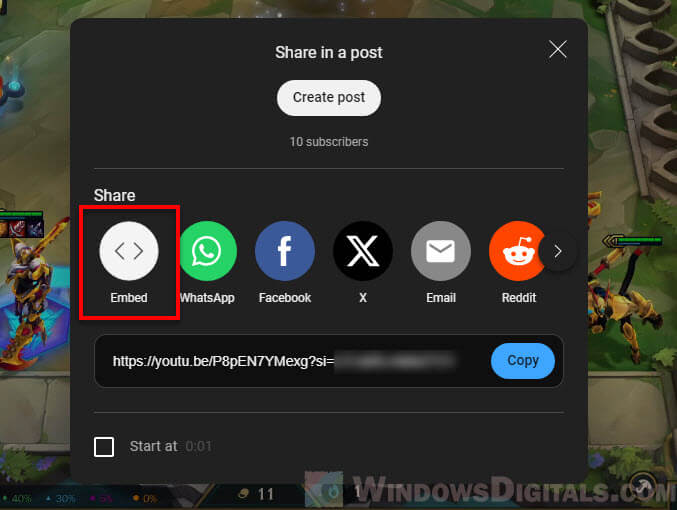
Why do video owners restrict the embeddings of their YouTube videos?
Copyright and control
Many video owners restrict embedding to control their copyright. They prefer to keep viewers on YouTube where they can control how their content is shown and who sees it. This is very important if the video includes copyrighted music or clips and the owner needs to be careful about where and how their content is shared.
To make money
Earning money is a huge factor here. On YouTube, views turn into money through ads. When a video is watched right on YouTube, it makes money for the creator from ads. If it’s watched on another site, that might not always happen. Thus, keeping the playback on YouTube can make sure they get paid for every view.
When brand image is a concern
Creators also care a lot about where and how their content appears. They may block embedding to keep their videos from being shown on sites that don’t match their brand or values. This helps them maintain the quality and intended impact of their content.
Get viewers to subscribe and more
Having viewers go to YouTube helps with engaging them more with the creator’s channel. This can lead to more subscribers, more views on other videos, and overall channel growth. It’s a way to get you to stick around and check out more of their content.
Useful guide: How to Adjust Volume Control on YouTube Shorts
Solutions and workarounds for watching the video
For content creators – Just enable embedding
If you’re a video owner and you want to let your videos be played on other websites, the following will show you how you can make it happen.
- Go to your YouTube Studio dashboard.
- Find the video you want to change and select “Details“.
- Click on “Show more” at the bottom of the list of settings to see more options.
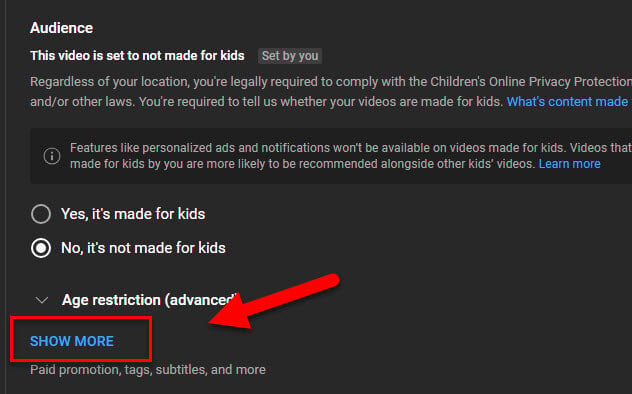
- Find the “Allow Embedding” option under the “License” section and turn it on.
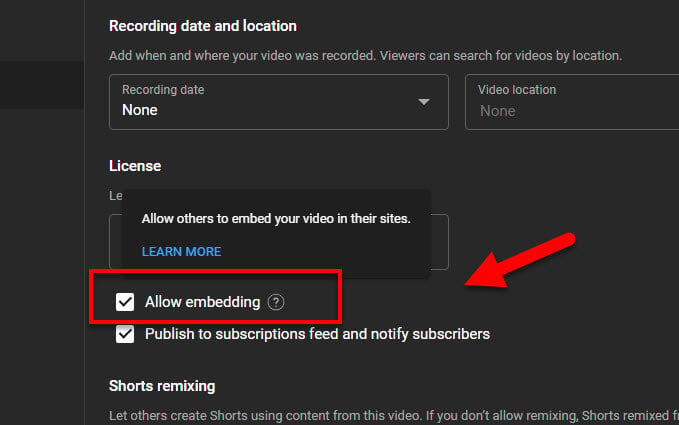
- Click “Save” at the top or bottom of the page to make these changes stick.
This lets other websites include and play your video, which might help it get seen by more people.
For viewers – access the restricted videos
If you’re trying to watch an embedded video but get the error message about playback being disabled, below are a couple of things you can do.
- Direct viewing on YouTube: The easiest way is to watch the video right on YouTube. Often, the embedded video will have a link to its YouTube page.
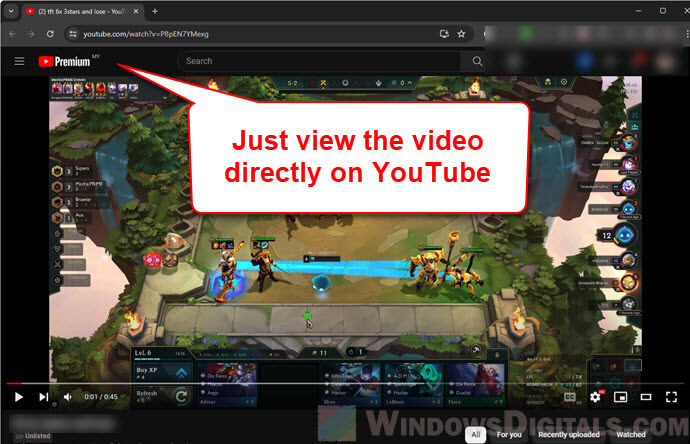
- Contacting the content creator: If the video is really important for what you need, you might try asking the content creator to let it be embedded. This could work well for videos that are for learning or giving information.
Linked issue: YouTube or Facebook Video Won’t Play on Windows 11/10
Important things you need to consider
It’s important to respect what video owners decide. Trying to get around these rules without permission can get you into trouble for copyright issues. Always think about the legal and ethical sides when dealing with copyrighted stuff.
What does “Playback on other websites disabled” mean for everyone?
For content creators
Letting others embed your video can make it more popular and get more views, which could lead to more subscribers. But it might also mean less control over where it’s shown and possibly less money if those views don’t count towards ad earnings.
For website owners
You need to follow the rules set by video owners. If embedding is not allowed, you might need to change how you share the content, maybe by just linking to the video on YouTube instead of embedding it.
From a viewer’s perspective
These rules can be a hassle, especially if you just want to see a certain video. But understanding why these rules exist can help you see why content creators make these choices.
